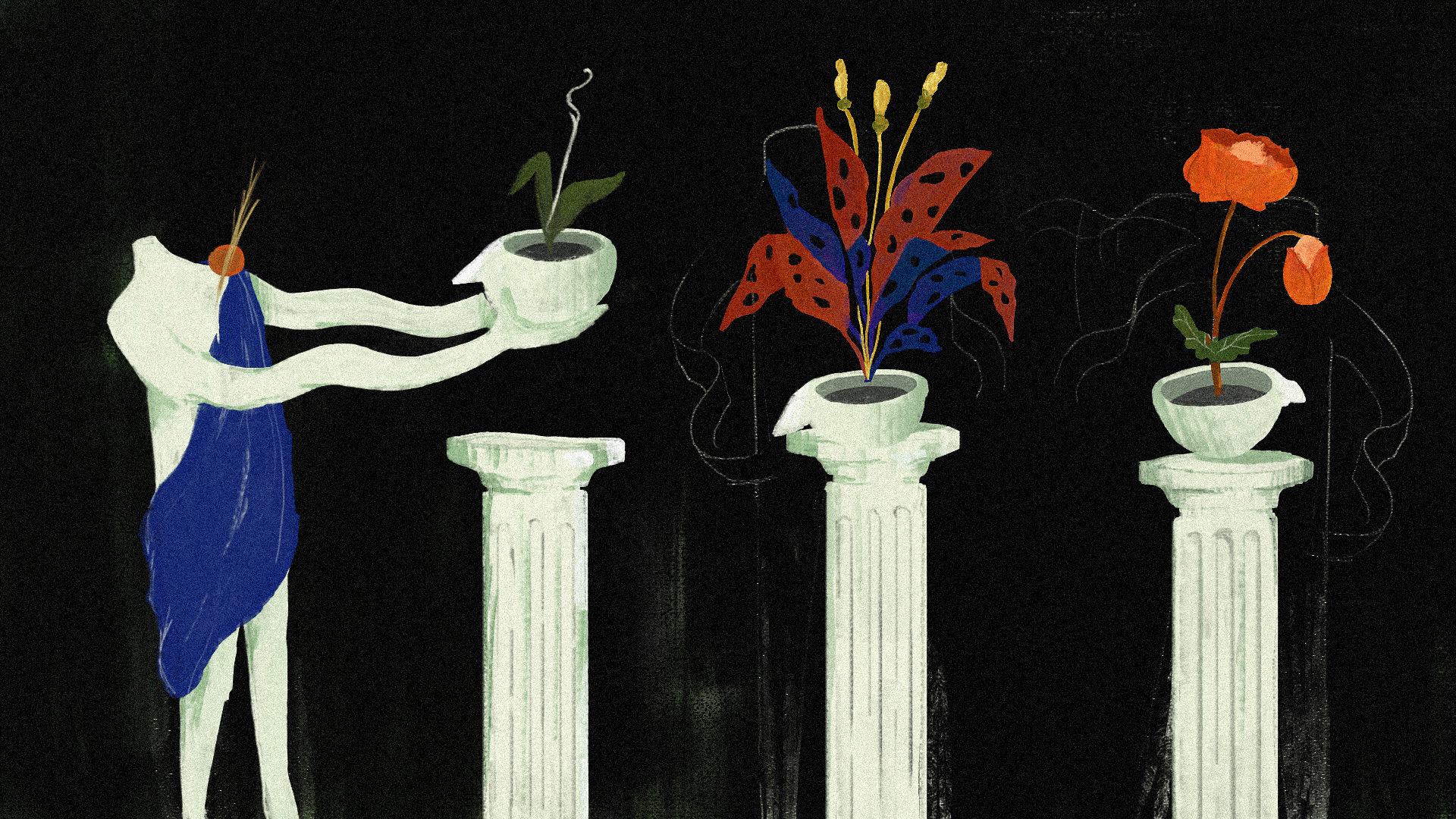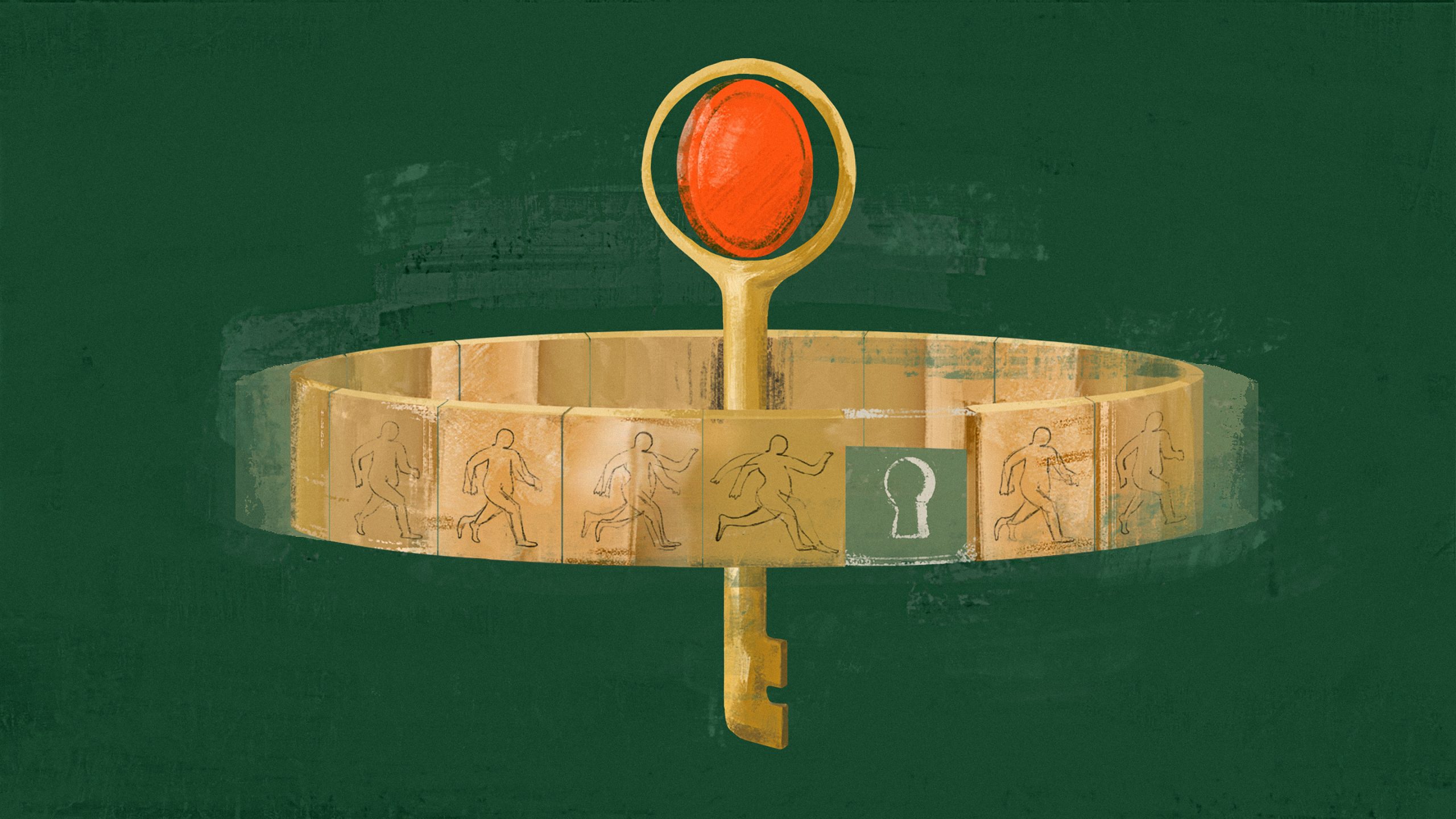It is said that a designer has to have an objective output. However, I think, no matter how objective they are, every designer has their own sensibility and style in design language. This style comes naturally, like humans who have different ways and styles of communicating with each other. The style, of course, is also influenced by what they have absorbed during the course of life and what kind of perspective or concept they prefer.
When I was in college, I was taught about the “form follows function” which in the end left the decorative aspect in question. At that time I was also drilled by modernism; that a design must be universal. Well, there is nothing wrong with any of that, but I have a different point of view…

In my opinion, every designer actually gives a personal touch to their own work. Therefore, for me, it’s more than “form follows function” but more about “form follows intention”.
A designer, after all, has their own intention regarding their work which is greatly influenced by their personal history and background.
We can find an example from one of the most popular cultures nowadays: the Marvel Universe. If we pay attention, the styles of invention Tony Stark (Ironman) and Hank Pym (Antman) are very different, even though they are both inventors and scientists. Tony Stark always designs everything in a sleek, while Hank Pym tends to be low-fi. It turns out that all of this is far from being just visual, but there is a background, namely Tony Stark's flamboyant nature so that many of his works look "shiny" while Hank Pym is more pragmatic so he doesn’t particularly care about visual appearance.
In the end, I realized that every designer represents his character and when he looks at the macro, he also represents his culture.
The book “Beauty” written by Stefan Sagmeister explains that ultimate functionality (which modernism upholds) often forgets what is in society; in this case personality and culture. So, if we are not careful, a design will be tasteless.
Then, the question arises whether Indonesian culture and society are suitable for the modernism school of design that has the ultimate functionality. Is it going to eliminate elements of our own culture?

However, again, there is no right or wrong when it comes to the school of design. Everything arises because of the thoughts and needs of the moment--based on the situation. Because, in the end, a designer is a human being who has their own unique background. Regardless of the preferences of their design schools, the most important thing is not to forget each other's cultural roots and how our designs can help people without being deprived of the beauty and thoughts that we personally nurture.







